Paris’s New Philharmonie: three years on
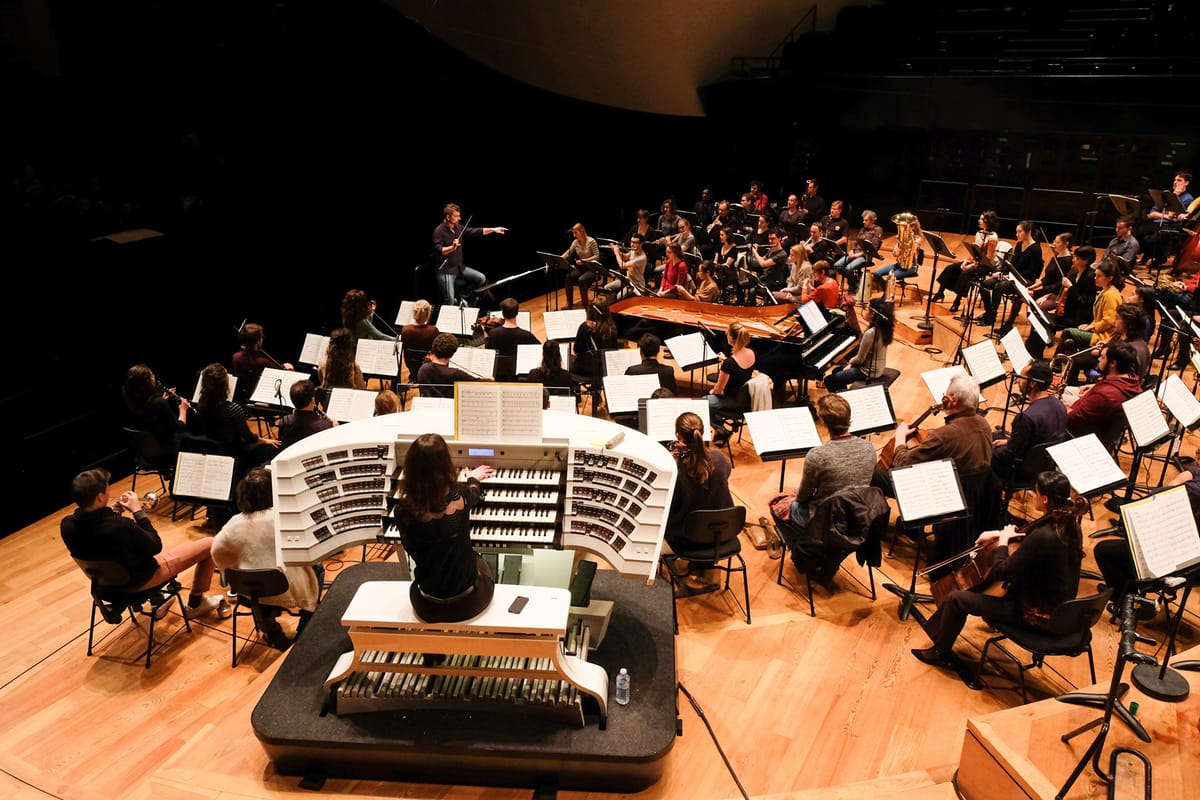
Children sorting rubbish in the freezing cold, teenage hawkers operating amidst traffic, homeless men and women huddling by the motorway: a walk down the Avenue de la Porte d’Aubervilliers does not readily suggest the world’s sixth wealthiest country. But this is the 19th arrondissement of Paris, home to some of the city’s poorest communities and, as of 2015, one of the world’s most expensive new concert halls.
Coming in at some €386 million (roughly 2800 crore), the vast cost has been justified by the hall’s bold ambition to bridge the cultural and economic divisions that are not uncommon in Paris. Laurent Bayle, president of the Philharmonie, speaks of a desire to ‘break down the barriers, shake up the ritual of the concert, prioritise education programmes for young people and make links between musical genres’. It is, he says, ‘a new vision for a concert hall’, and its location is a means to reach out to a wider audience.
So far, so good: I strongly support such a vision, and likewise feel that Western art music is in need of a thorough spring cleaning. But does the vision, all the big talking, really match up to reality? With these things in minds, and having heard nothing but good things from musicians (including an awestruck Daniel Harding) and mostly scepticism from architects, I was eager to test the hall out for myself.
I chose to attend three concerts that would allow me to hear the hall in, as wide a spread of repertoire as possible, with music by Berio, Monteverdi, Schoenberg and Strauss. (Unfortunately, there wasn’t anything on show from outside of the Western–art–music tradition.) For each, I budgeted €20 (roughly ₹1500), a reasonable amount to spend on a ticket in Europe, but not outstandingly cheap either.
Keen to test the experience out as a whole, I first went for a coffee in the hall cafe. At €3.90 (around ₹300, far more than one would normally expect to pay in this area) for a meagre café au lait, there was certainly little evidence of broken–down economic barriers in the cafe.
Afterwards, I attended a concert given by the Orchestre de Paris, conducted by their music director, Daniel Harding. It consisted of Arnold Schoenberg’s Violin Concerto (1936), with the estimable Isabelle Faust as soloist and Richard Strauss’s Ein Alpensinfonie in the second half (1915). It was an interesting programme: within the German canon at that time, one cannot find two composers more aesthetically contrasting; and their juxtaposition makes for a musical feast with great variety.
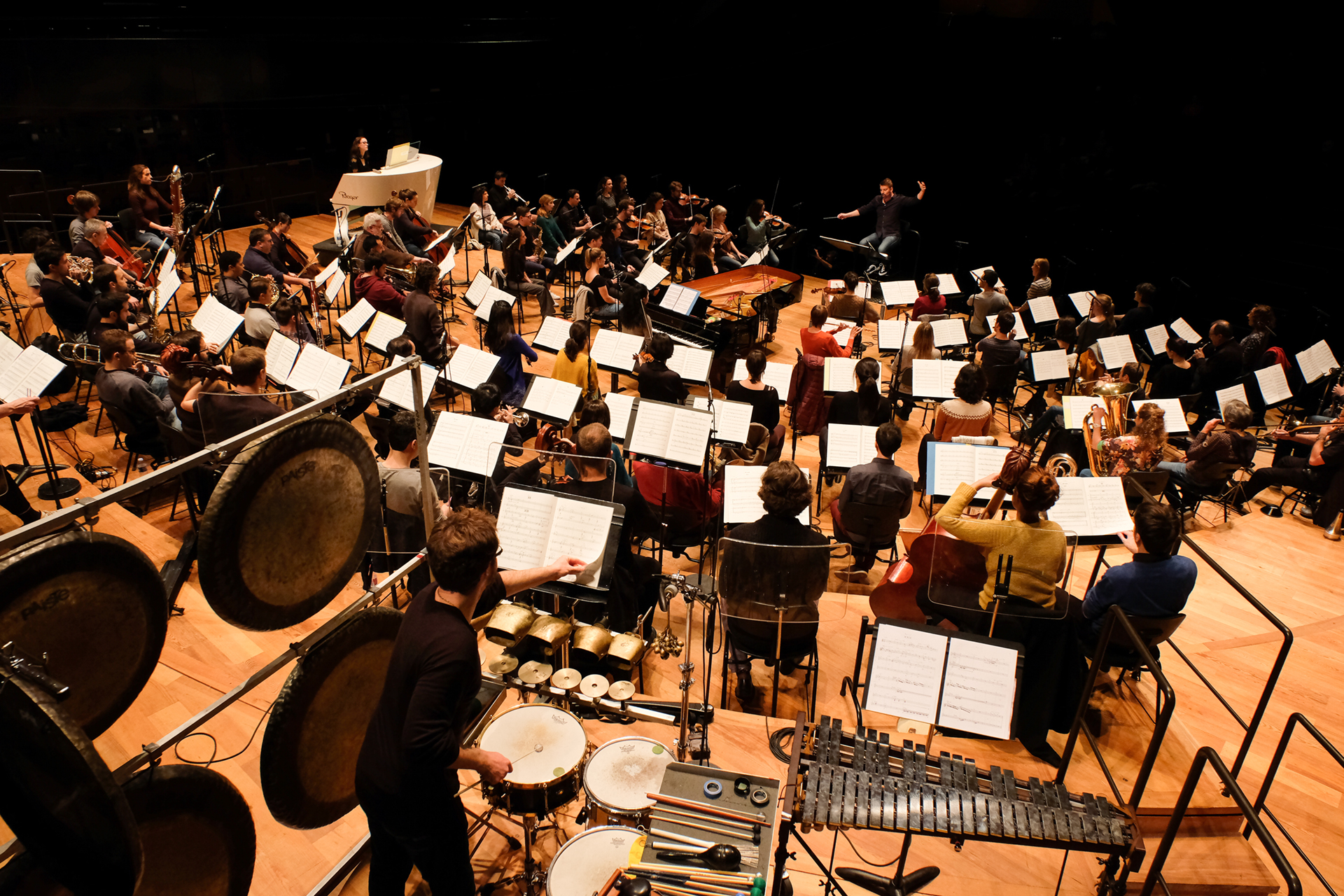
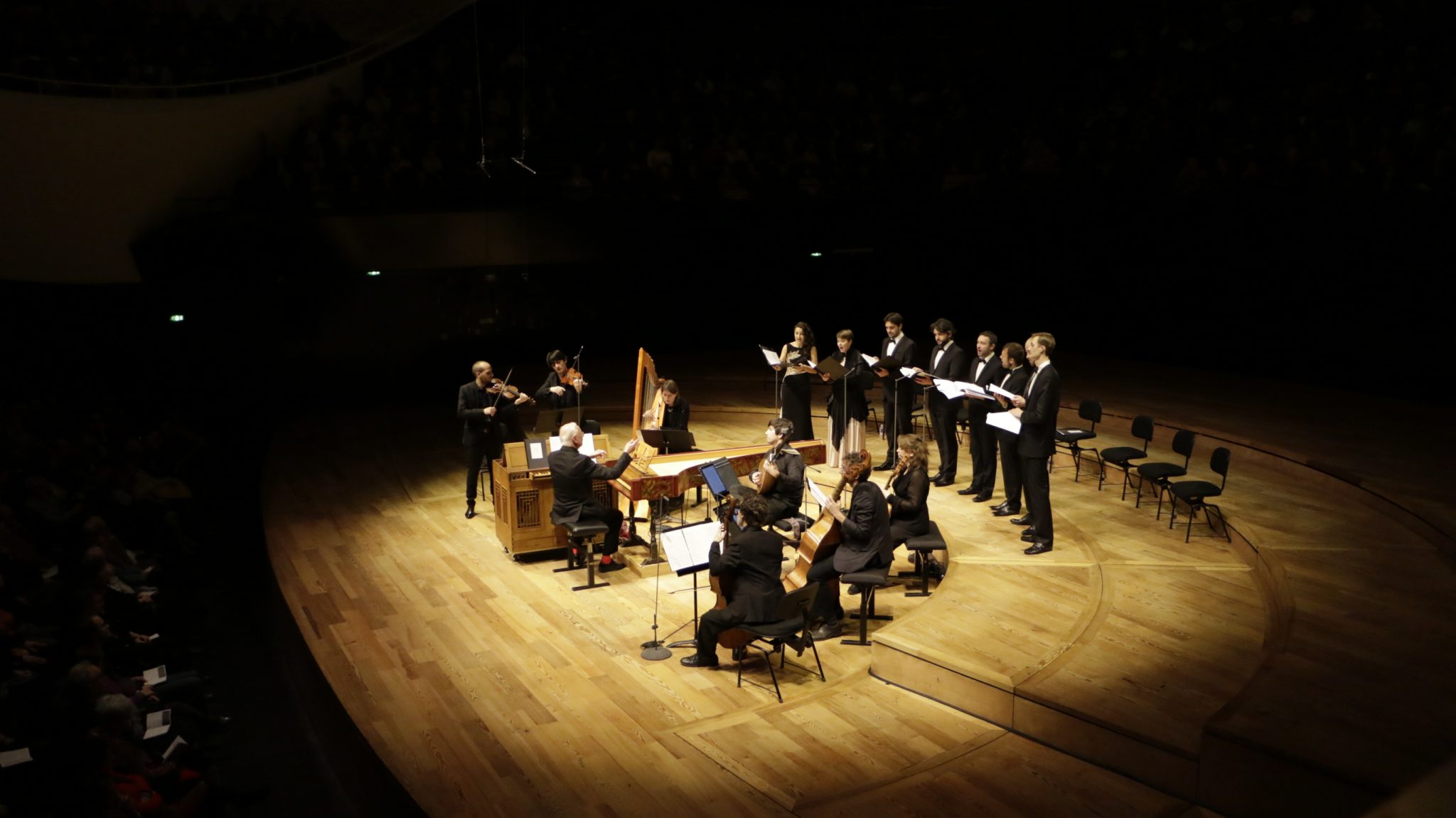
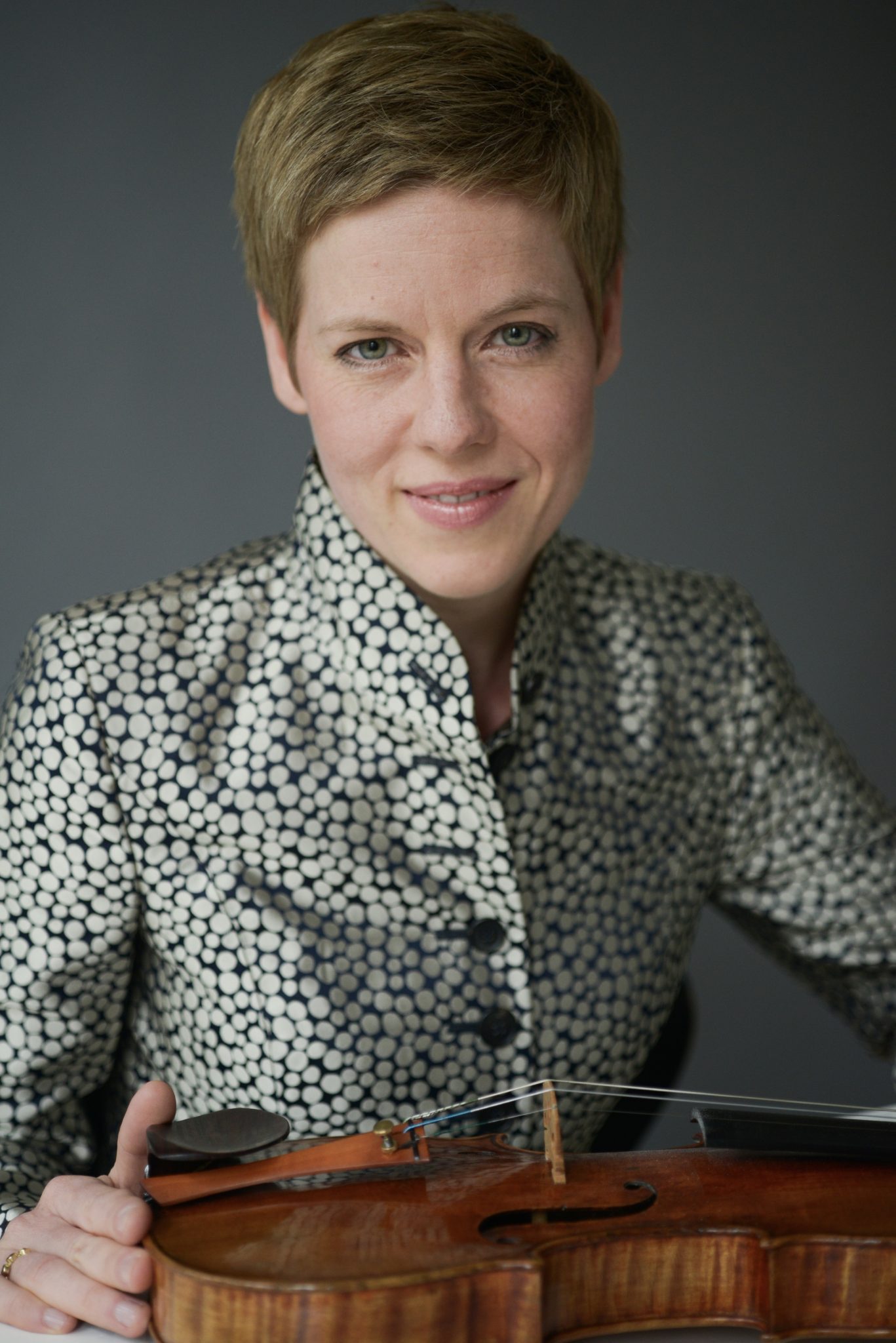
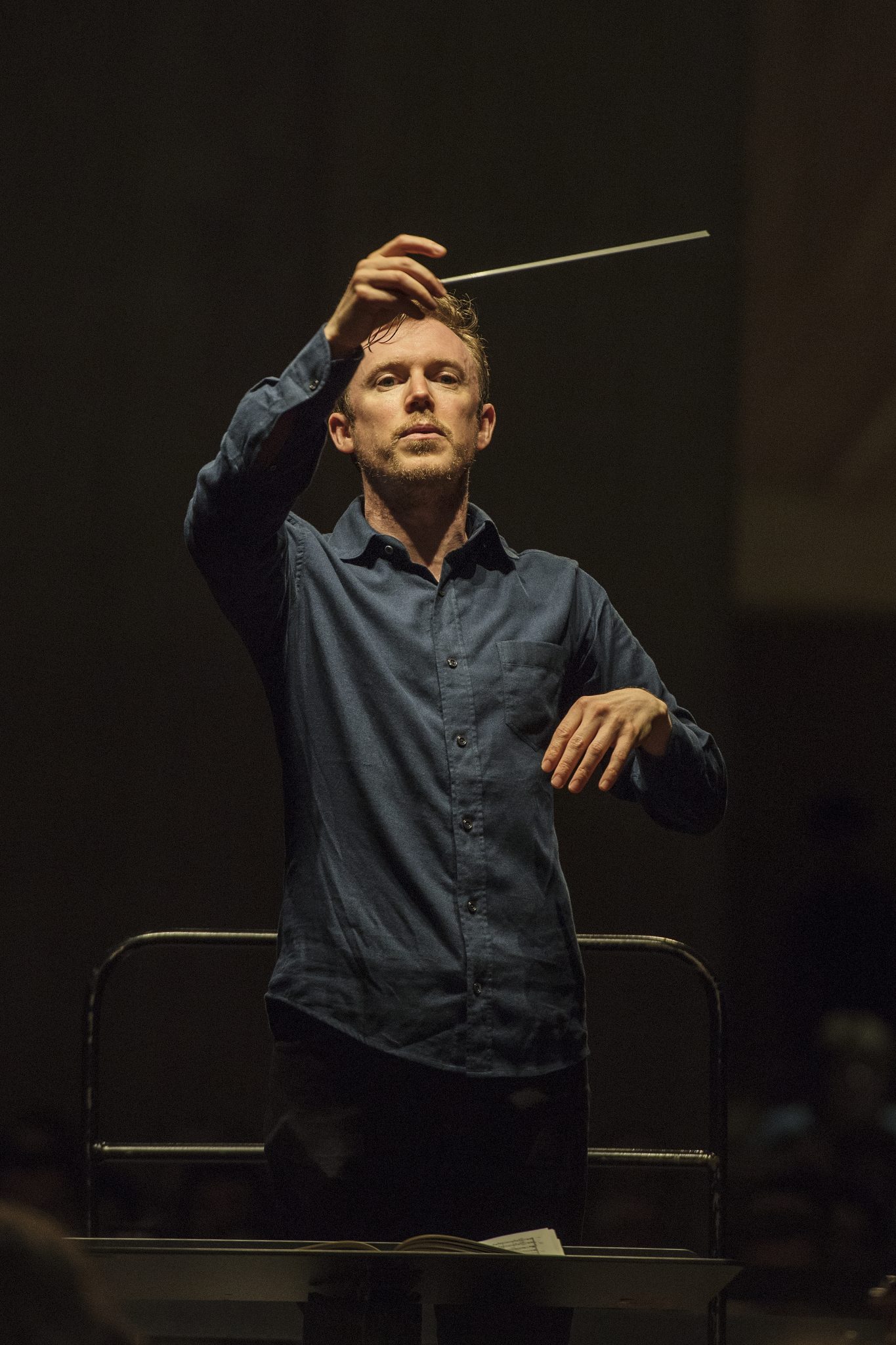
Musically speaking, I had the impression about the Schoenberg piece, that the interpretation was uneasily poised in an awkward middle ground; that aimed to reconcile the subject–less precision of Pierre Boulez and the subject–ful expressivity of Simon Rattle. This is difficult music and I was left wondering whether I had merely been reminded of its difficulty or been aided in my efforts to tackle its difficulty. I concluded, I have to admit, that the music still eluded me—so perhaps not the best performance to attend if one sought to break down one’s own musical barriers.
After this Schoenberg–Strauss extravaganza, next up was a rare performance of Luciano Berio’s Coro (1975–1976) given by the Ensemble Intercontemporain, students from Paris conservatoire and Ensemble vocal AEDES. Matthias Pintscher, who conducted the concert, had a very clear picture of the nature of the piece’s expressivity, powerfully articulating the harmonic gridlock that defines the settings of poetry by Pablo Neruda. About the ending I felt that the conflict between definite closure and projected infinity (a relationship that is inherent in Coro) was palpably executed. The performance was accessible and greatly enjoyable.
Voices seemed particularly resonant in the Philharmonie and the next concert that I attended , allowed me to test the acoustic more scrupulously. It was a performance of extracts from Monteverdi’s Selva morale e spirituale (published in 1640 and 1641), given by Les Arts Florissants and their director, William Christie. Acoustically speaking, I felt that—given €386 million—the hall could be a bit better. The balance between precision and reverberation is certainly well managed and the result is a sound that is undeniably warm. The high soprano voice (Emmanuelle de Negri) was particularly resonant. There is, however, little in the way of side wall reflection, which I enjoy particularly in a good acoustic. (This is, of course, unsurprising given the circular nature of the hall.) The placement of the organ too, is a severe problem, meaning that people seated behind the orchestra suffer greatly from an organ–heavy balance. The concert itself was, however, fantastic—full of joyous energy that conjured the music to life with charismatic technicality. Whilst the music’s semiotic signifiers may be some 380 years old, the signified certainly sprang into the contemporary with ease.
It is this important point of expressive accessibility that rather summed up my experiences. Each style of music has its own distinct means of expression and this must be conveyed to the audience as efficiently as possible. In their performances, musicians can undoubtedly help in this process, as they have done so for years. But there is also a whole lot more that both performers and presenters can do to help their audience and there was little evidence of this on display at the Philharmonie. Why not, for instance, employ technology to give the audience an impression of the cultural and historical contexts of the works performed? The foyers of the Philharmonie are bare: why not fill them with interactive technology through which people can discover more about the music they are about to listen to?
Furthermore, the demography of the audience is no different from any other hall and I couldn’t help wondering, if in fact the hall will simply raise house prices in the surrounding area, thereby rendering it unaffordable and forcing poorer communities to live even further from the centre. In that light, the Philharmonie could be seen as a symbol of not inclusivity but inequality. One really must ask if a concert of Schoenberg and Strauss is the best way to improve the prospects of the poorest of Paris. I would suggest that, at present, it is not.
Music is not, however, powerless as an agent of social change. If the Philharmonie is sincere in its social ambitions, then it must seriously address to the gaping gulfs that hinder Western music so severely at the present: the lack of dialogue between so called ‘classical’ and ‘popular’ musics, and between the musical cultures of the West and the rest of the world. The integration of anything non–classical in the Philharmonie’s current programming strikes me as rather tokenistic. A true step in the future, in my opinion, would be a programme that is organised into season–long projects that illuminate historical connectivity in a global music world. By doing so, a factionalised approach to both music history and music today, can begin to be broken down. The concert hall should be a place where new ideas are shared and made by the community that both surrounds and fills them.





